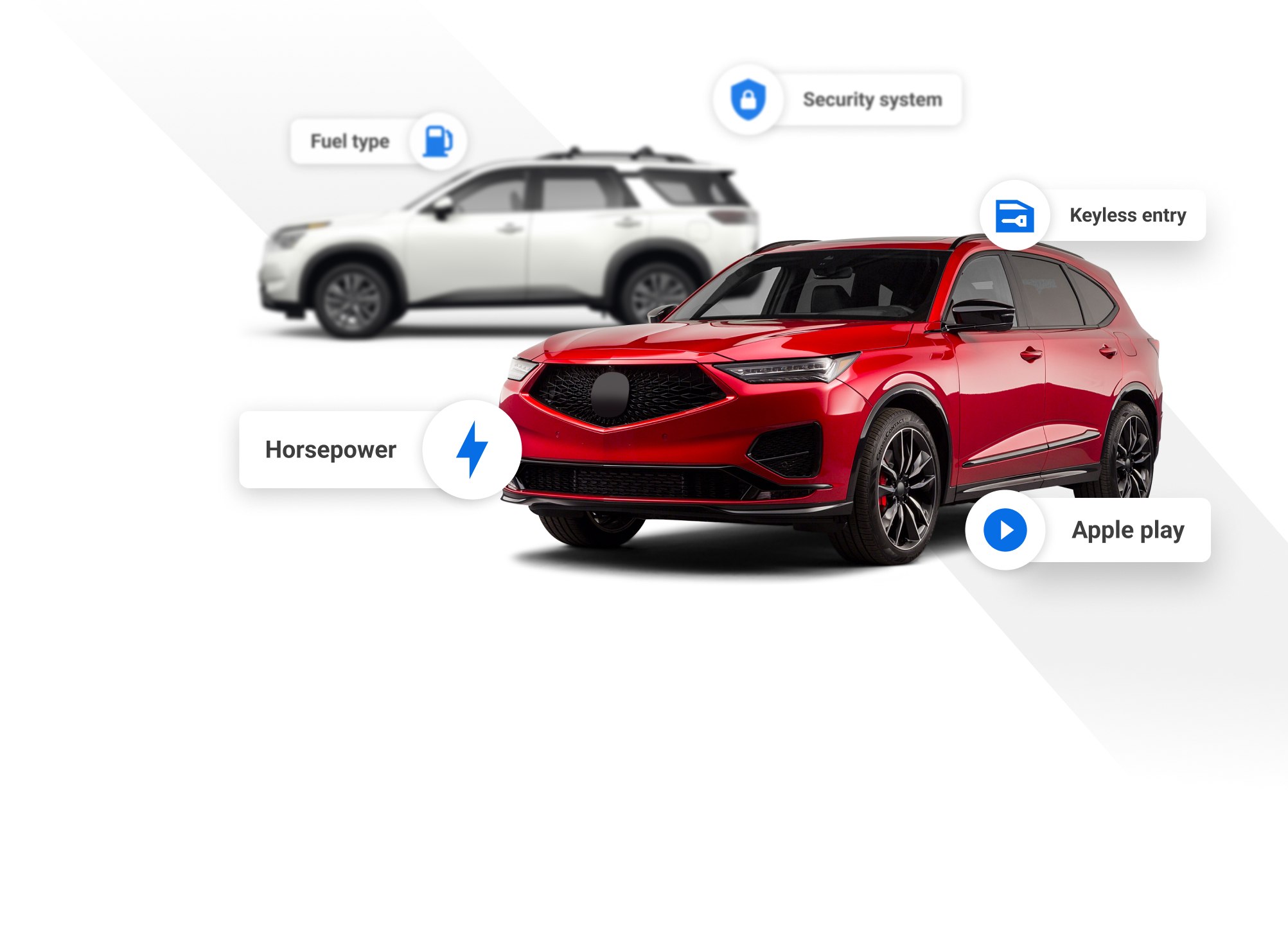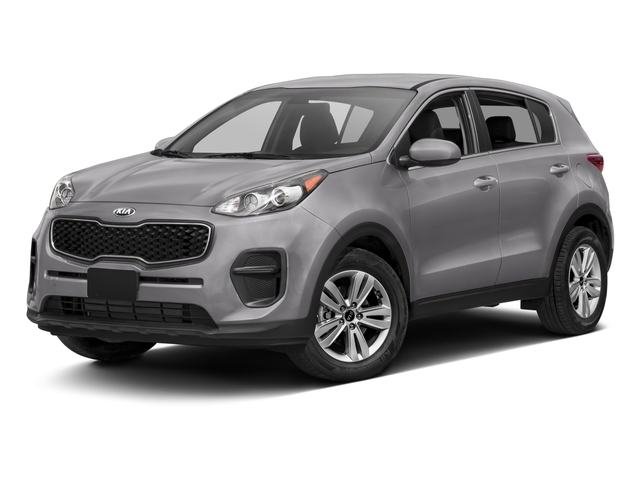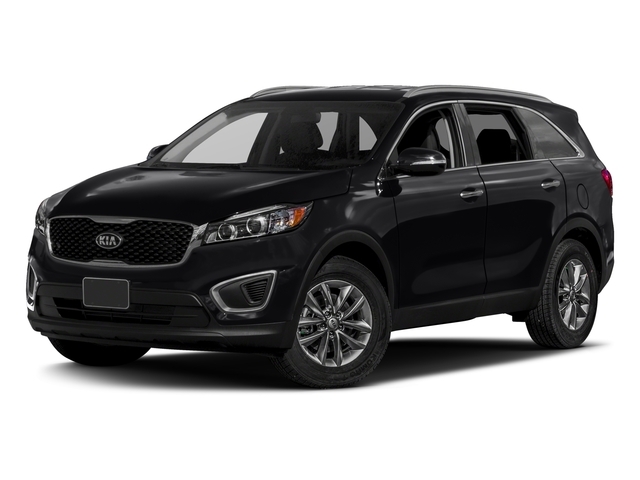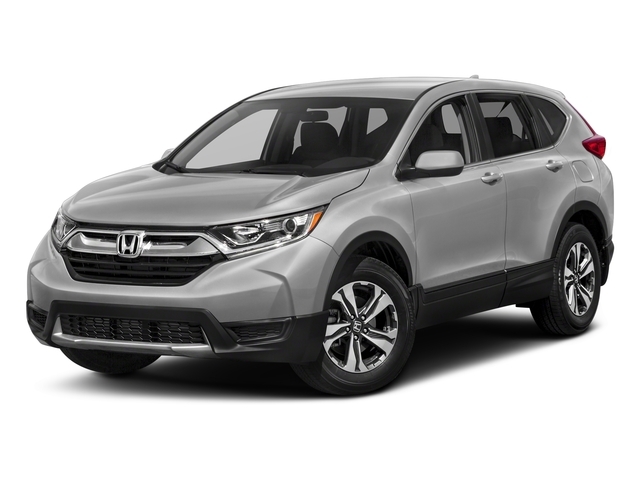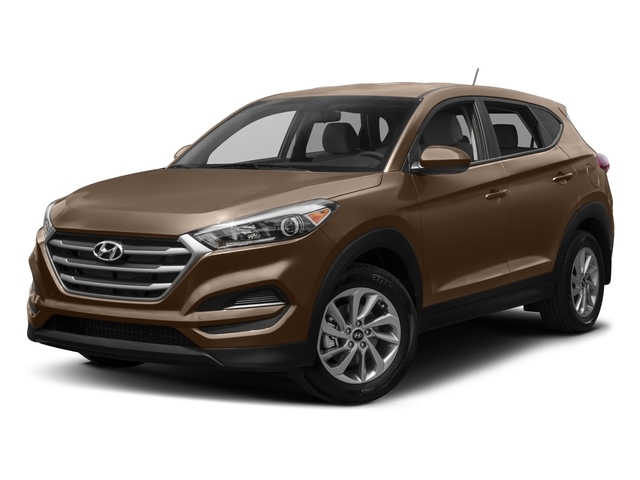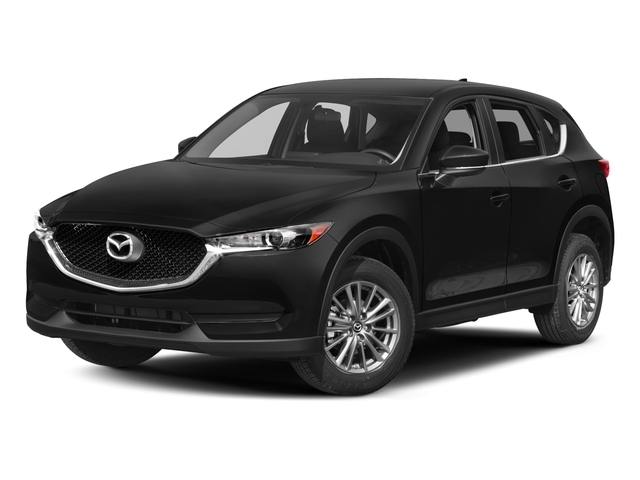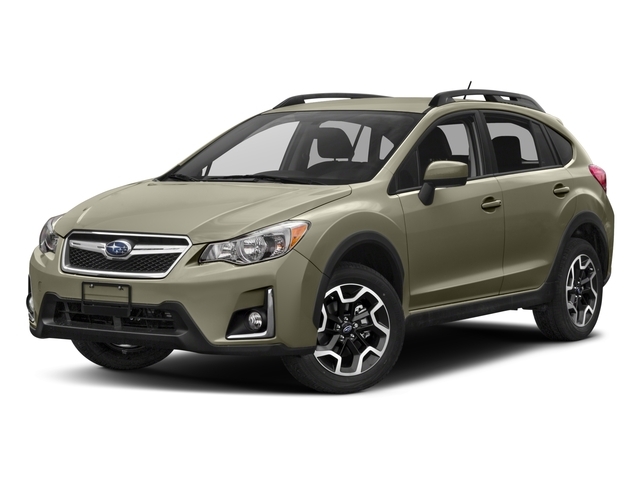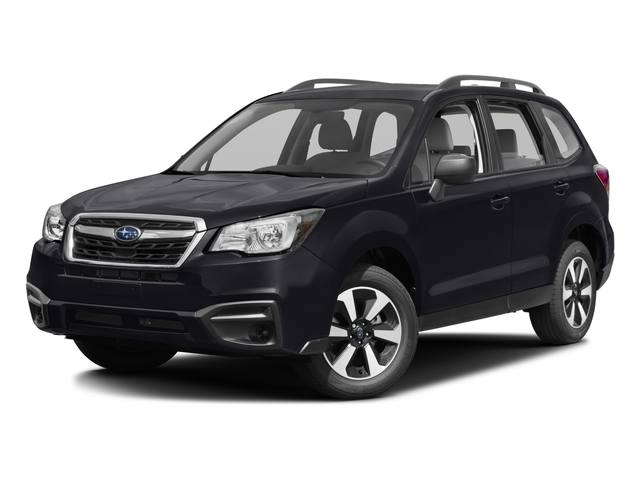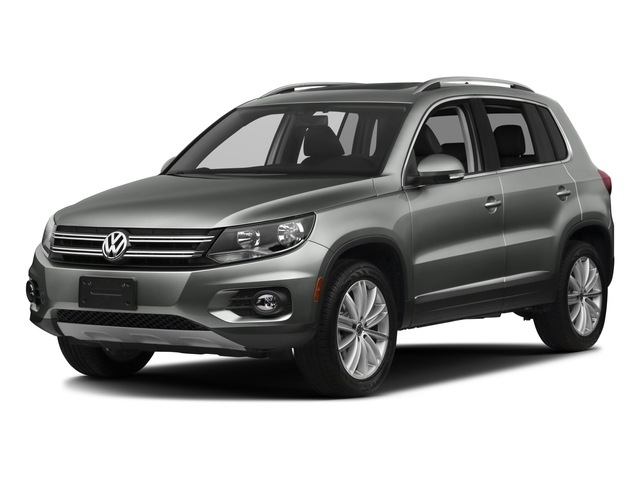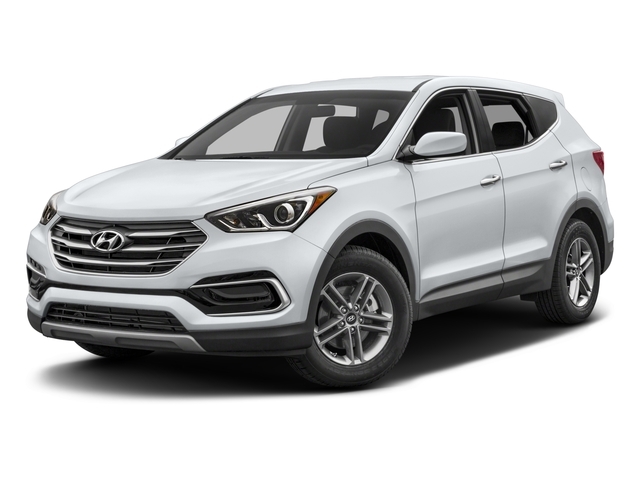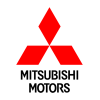
2017 Mitsubishi Outlander

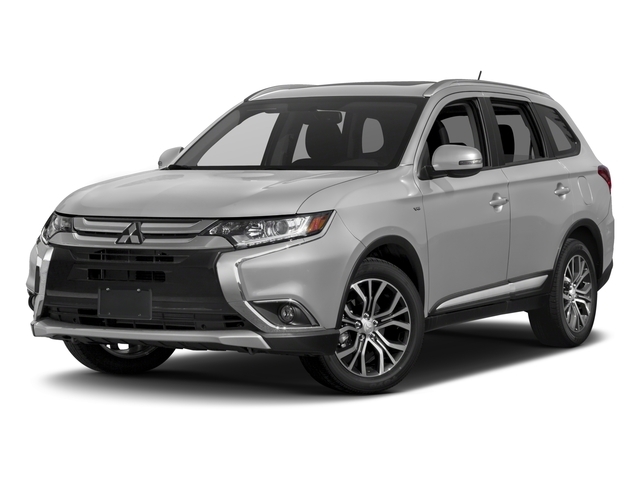
Key Specifications for 2017 Mitsubishi Outlander






Buyer’s Guide
The Outlander offers a lot of metal for the money. It's larger than similarly priced compact crossover rivals and offers three rows of seating where most competitors only offer two. Should you need three rows in a package with a relatively small footprint, your only options are the Nissan Rogue, the half-size-up Kia Sorento, and the pricey Land Rover Discovery Sport - not that too many buyers will cross-shop the Brit.
Given that the Outlander was just overhauled last year with a bold new visage, improved interior, and new technology, changes to Mitsubishi's family hauler are minor for 2017. The key upgrade this year is the addition of Apple CarPlay and Android Auto compatibility. It comes included on the Outlander ES AWC with the Premium Package, the SE trim with the Touring Package, and on the GT.
While 2017 was supposed to mark the introduction of an all-new plug-in hybrid version of the Outlander, production of our North American-spec model has been delayed. Although it's been on sale around the world for several years, and has claimed the title of Europe's top-selling plug-in hybrid, we'll need to wait at least another year before it hits dealerships. When it does, it's likely to be Canada's most affordable plug-in crossover.
For the time being, the Outlander can be had with one of two conventional gas engines. The standard-issue mill is a single-cam 2.4-litre four-cylinder engine that develops 166 horsepower and 162 lb-ft of torque. It's mated to a CVT transmission. While reasonably efficient, it's a lot of car for the engine to haul around, so be patient when passing.
Either that, or buck-up for the 3.0-litre V6 found in the ES and GT trims. Alongside the Jeep Cherokee and the GM Equinox/Terrain twins, it's one of the last remaining V6 engines offered in a small crossover vehicle. Power is rated at 224 hp and 215 lb-ft. It pairs to a traditional six-speed automatic transmission that can be controlled via a pair of magnesium paddles. The V6 is rated to tow up to 3,500 lbs, 2,000 more than the four-cylinder.
All Outlanders but the base trim feature Mitsubishi's All-Wheel Control system which features a torque split that varies between the front and rear axles. The GT trim boasts the "Super" version of the system which adds a torque-vectoring front differential to aid in neutral handling, plus a snow driving mode. Eco, and Auto/Normal, and Lock modes are found on the ES/SE and GT. The Lock mode fixes the power distribution between the front and rear wheels for when the going gets tough.
Inside, the Outlander features a well-organized cabin with some soft-touch plastics and simple infotainment systems. The SE and GT receive second-row seats that slide and recline and offer 968 litres of space. With the third row in place, a still-impressive 292 L of cargo capacity is available. Fold all the seats down and nearly 1,800 L is available.
Arguably Mitsubishi's most sophisticated vehicle, the Outlander GT features standard emergency autonomous braking, radar cruise control, and lane-departure warning. The top-shelf GT trim also receives a standard sunroof, 18-inch alloy wheels, proximity key with push-button start, heated steering wheel, power leather driver's seat, power tailgate and other de rigueur luxuries.
Skip out on the GT, and there's still plenty of equipment to be had. The base Outlander still gets heated front seats, full power accessories, 16-inch alloy wheels, and automatic climate control.
Pricing for the 2017 Outlander climbs slightly to a starting price of $26,698, with the range-topping GT selling for $37,998.
Review & Compare:
Photos

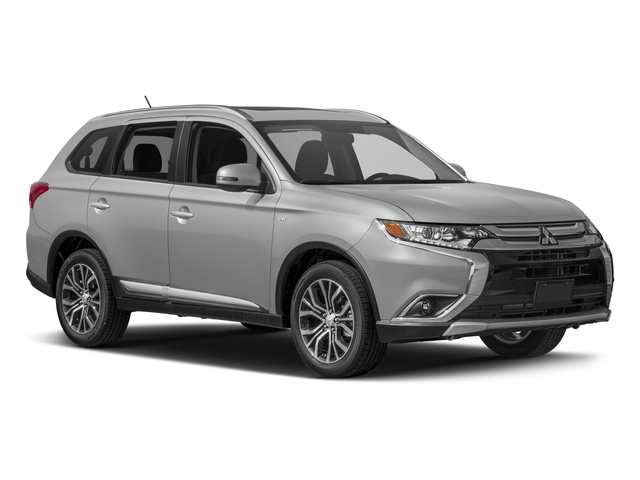

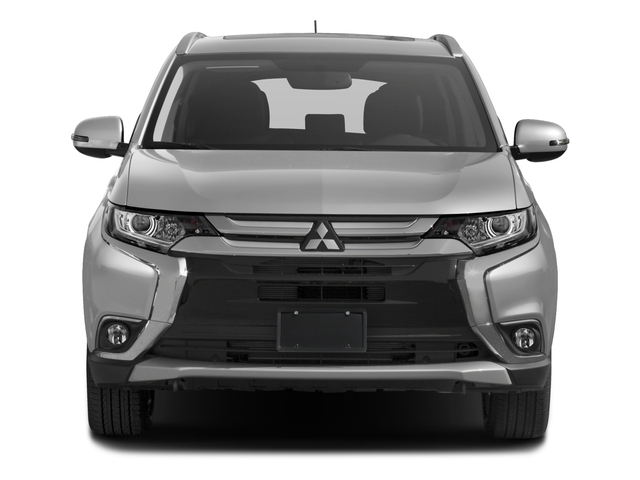
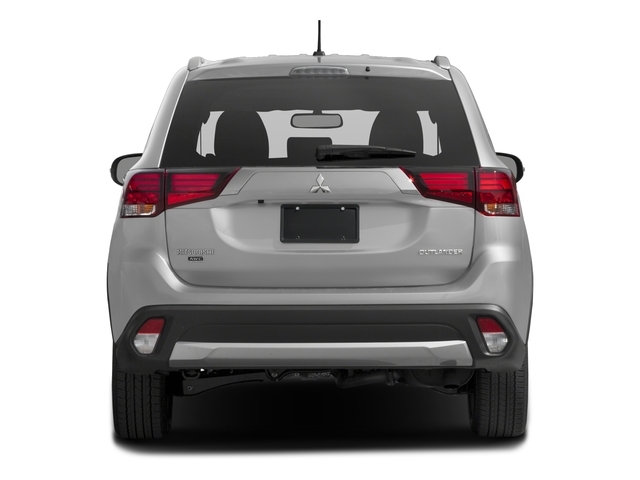
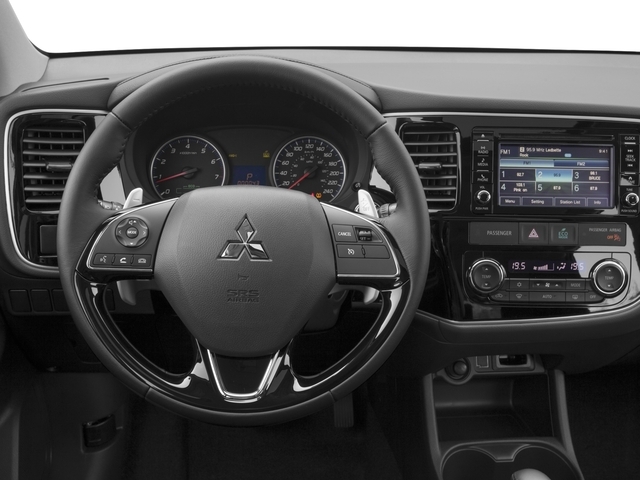
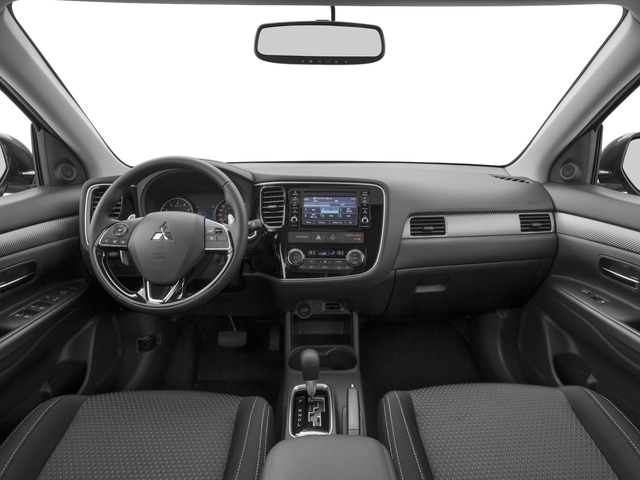


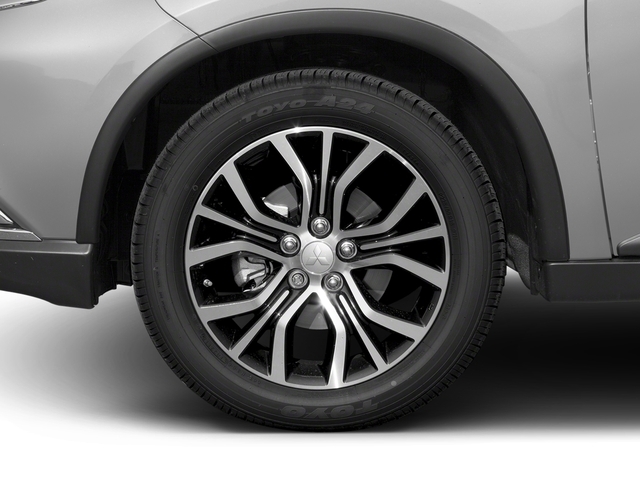

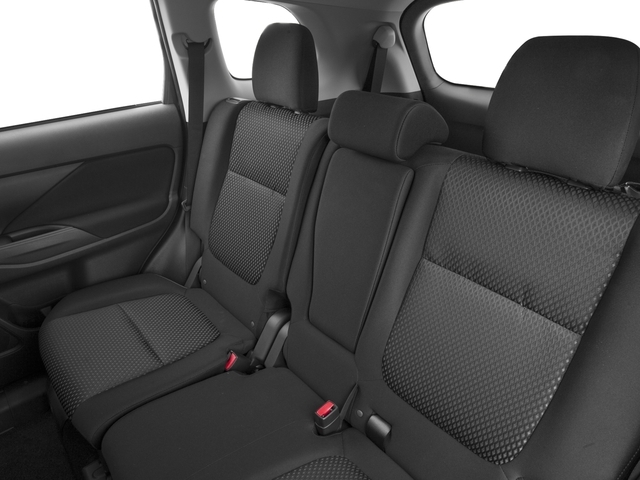
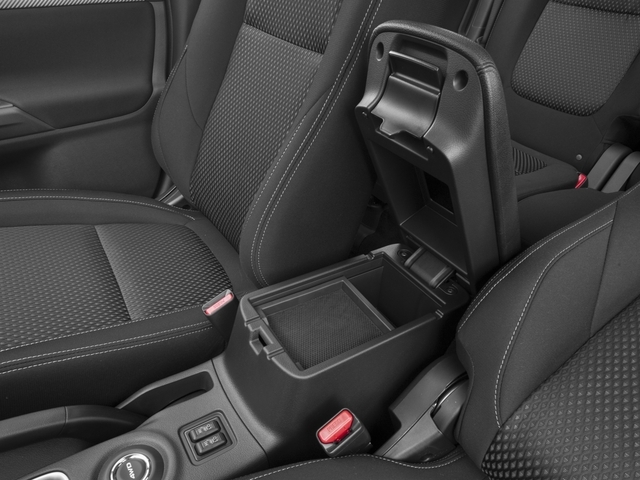
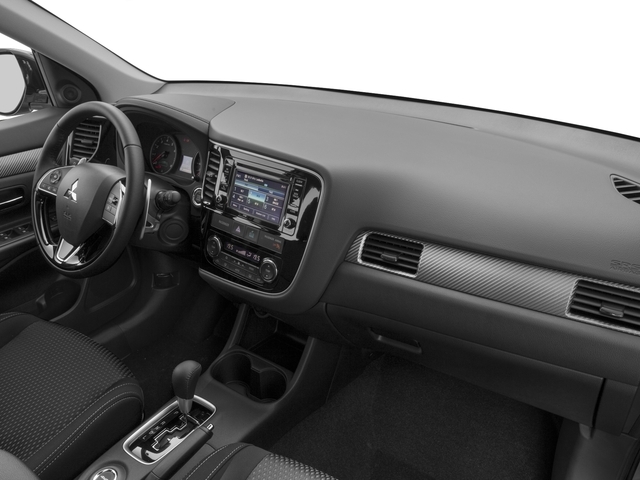
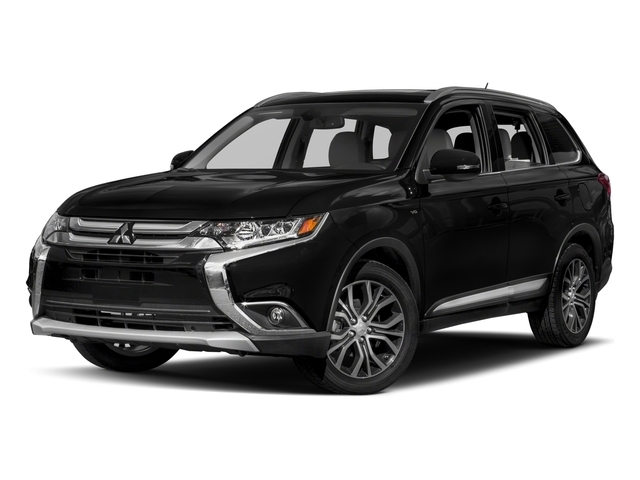
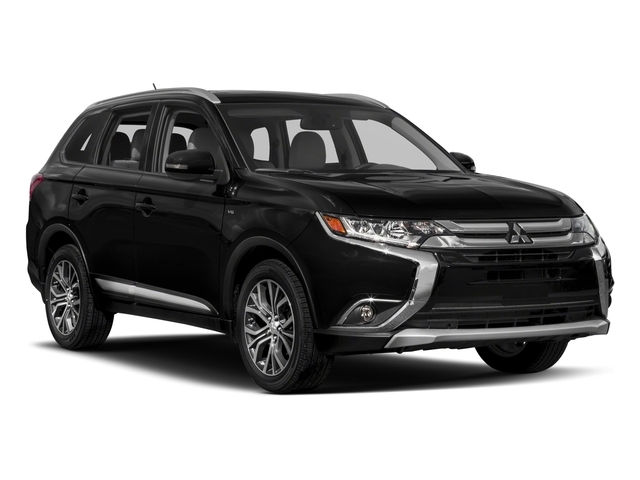
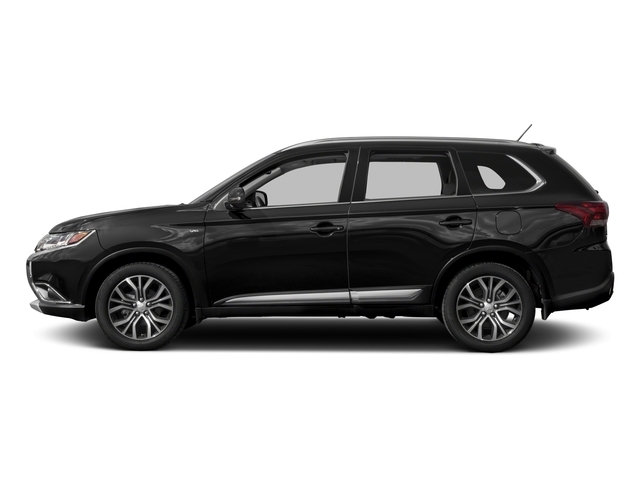

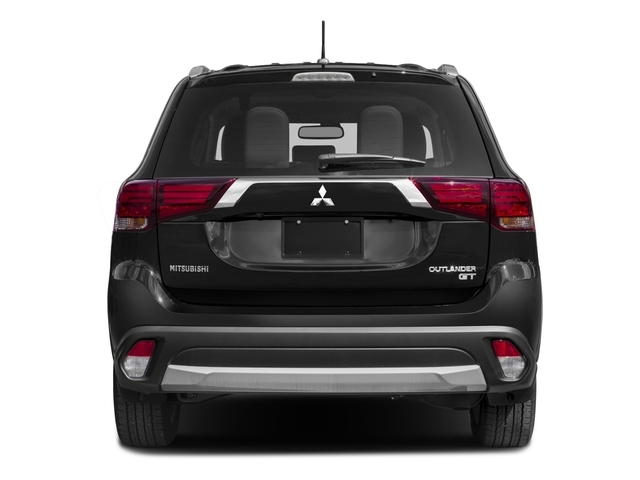
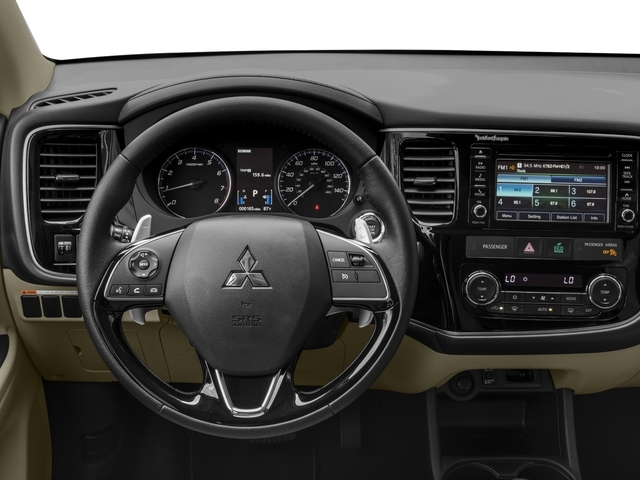
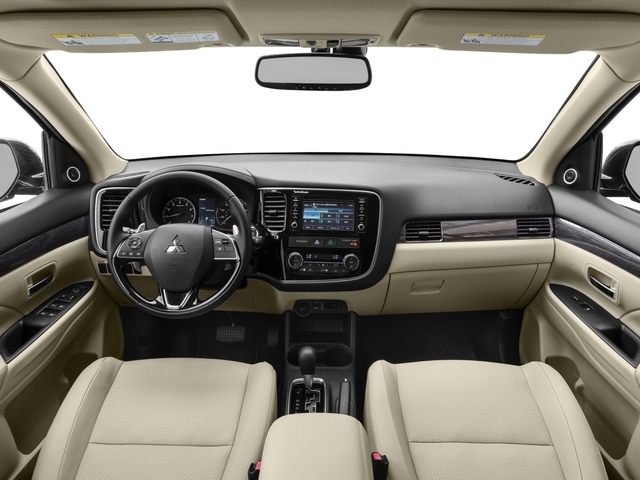
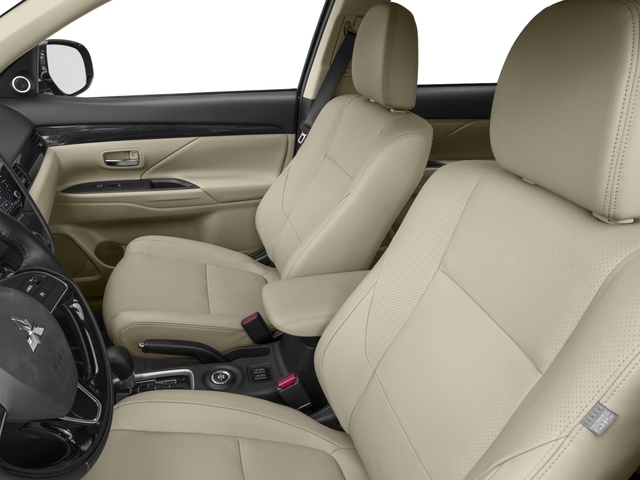
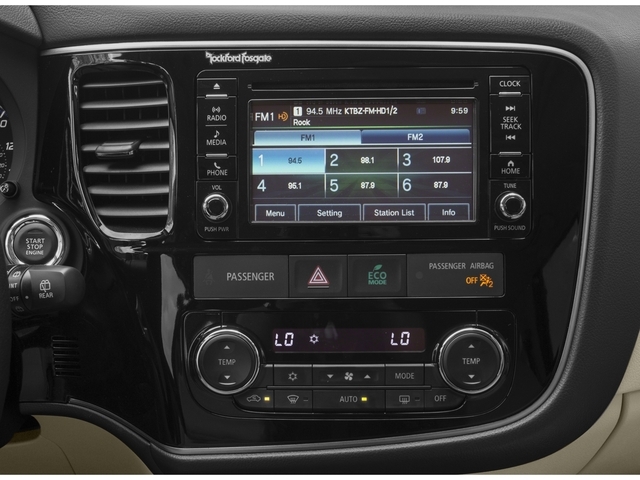
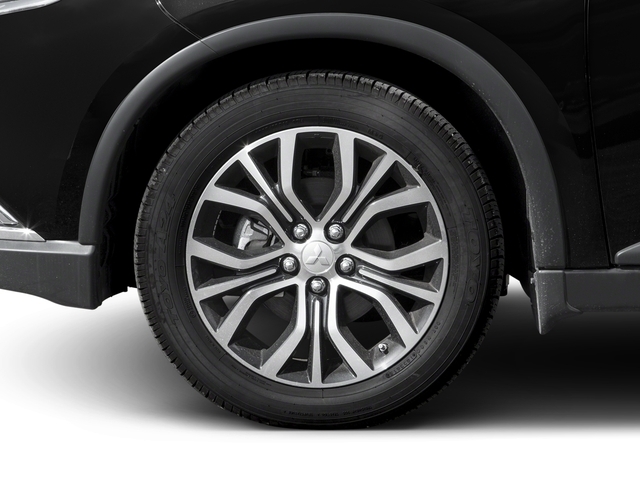
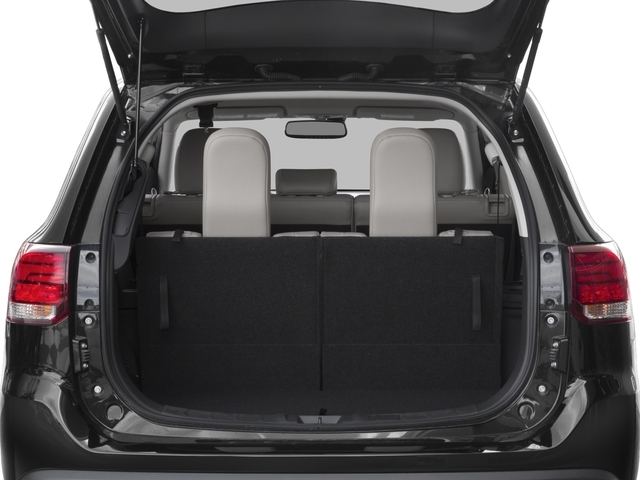
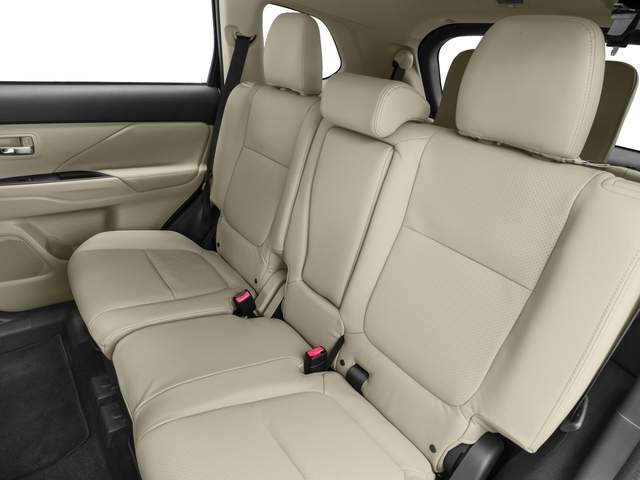
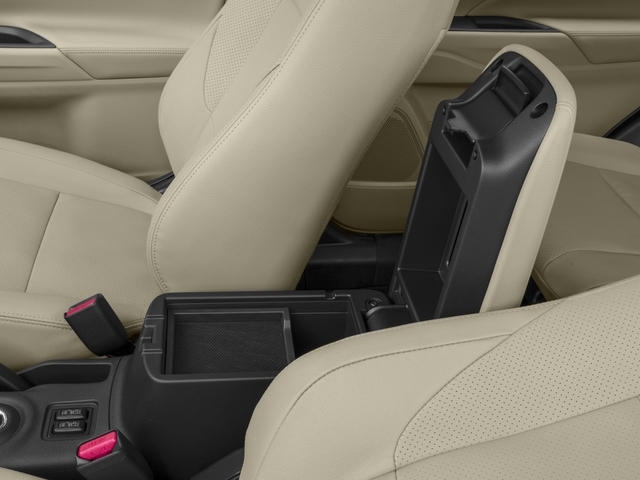
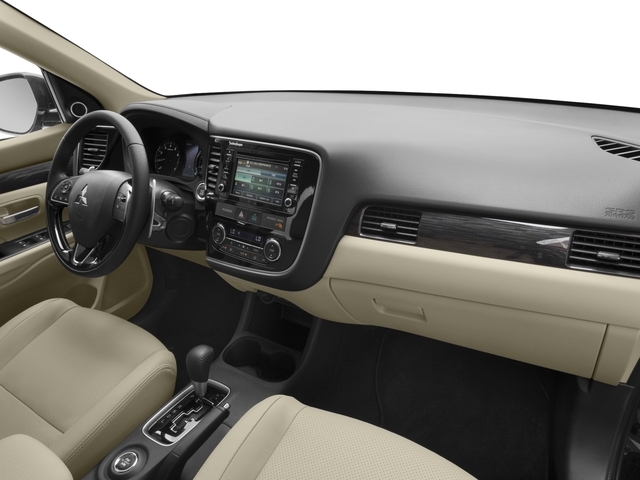




























AutoTrader Review


This vehicle has not yet been reviewed



